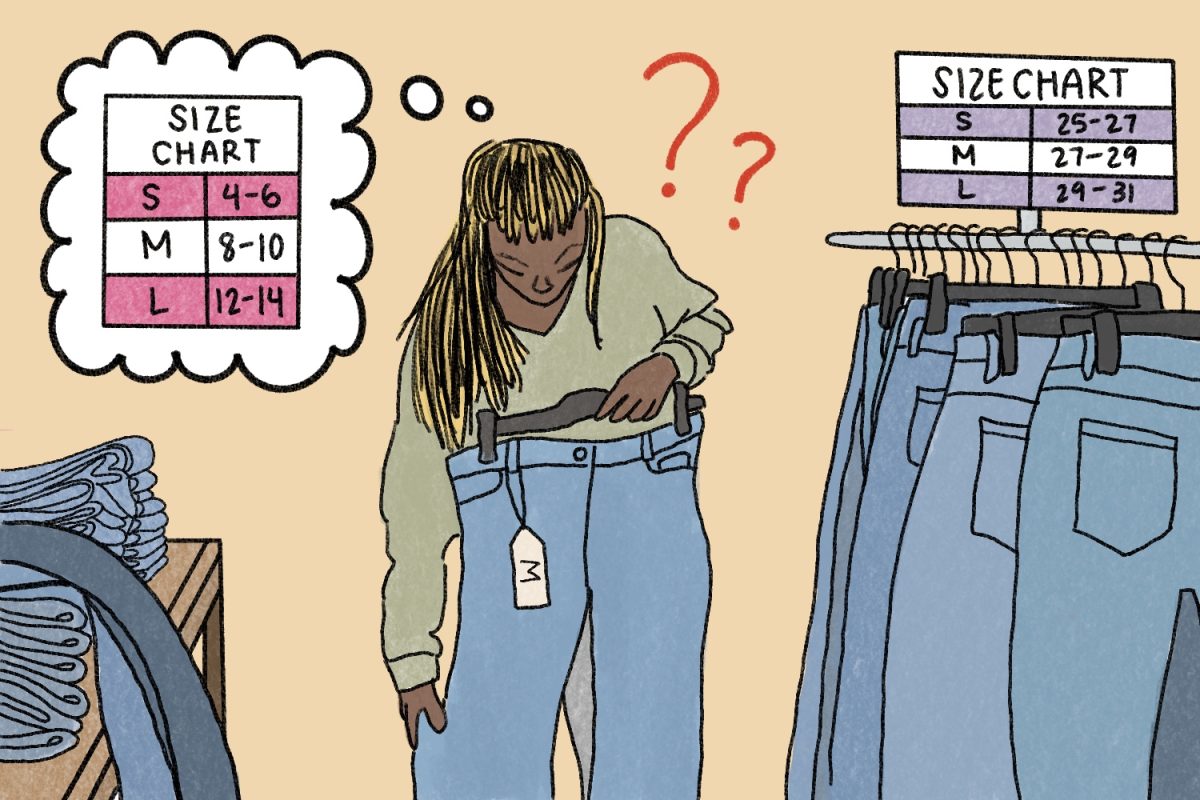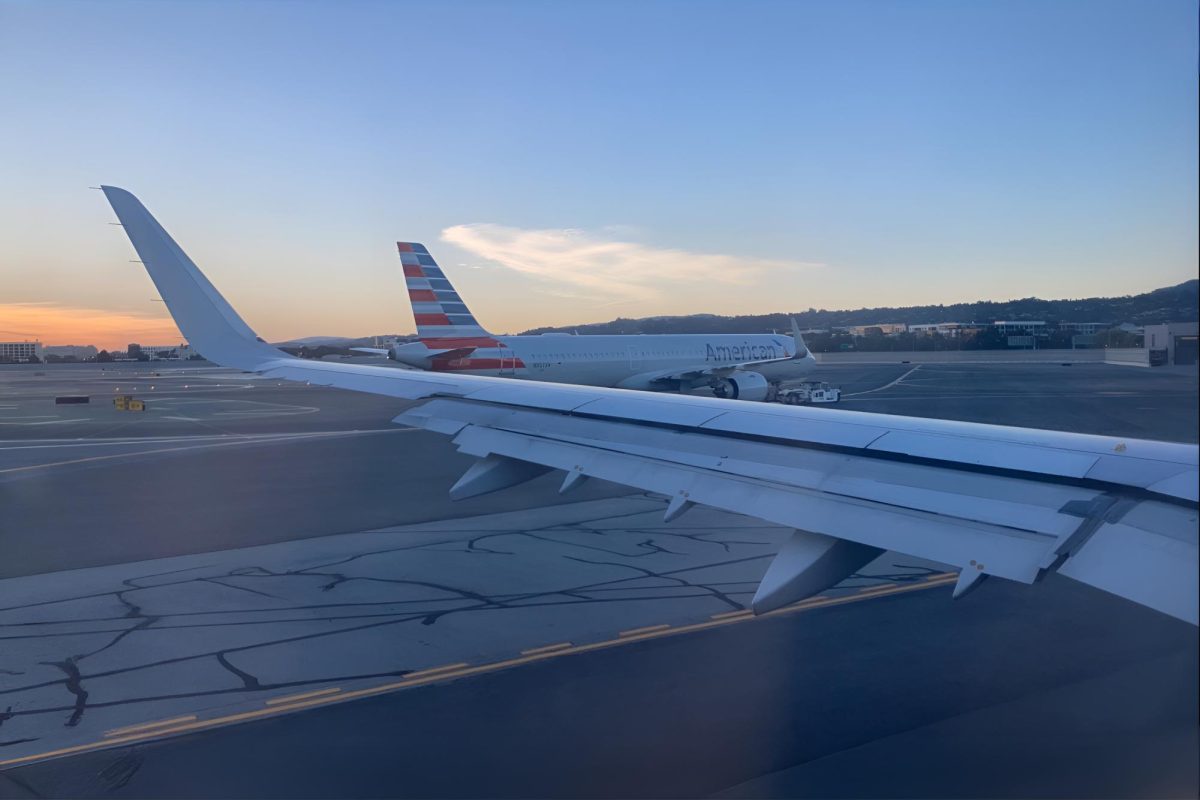In a society where heavy reliance on vehicular transport has become the new standard, it is more important than ever for cities to promote alternative ways to get around by making walking, biking, and public transport more accessible.
The town of Belmont, California, needs to adhere to this increasingly relevant precedent, as the city’s layout is poorly designed and discourages community building.
A quick drive around the town demonstrates the sheer need for more walkability. It’s a rare sight to see families out on walks or bike rides together, as Belmont’s primary roads like Alameda de las Pulgas and Ralston Avenue are either too hilly and windy to navigate or are busy, car-centric roads that aren’t pleasant for families to enjoy a stroll.
Additionally, Belmont has a remarkably active biking community, which needs to be actively reflected in the citywide road design. Most roads don’t have separate bike lanes, making it incredibly unsafe for cyclists and discouraging an otherwise environmentally friendly form of transportation. The Belmont Comprehensive Pedestrian & Bicycle Plan clearly states the issues with the town’s layout; however, these plans have barely been acted upon.
For a town where 64.8% of the population consists of family households, this is one of Belmont’s most significant obstacles as a town. Compared to cities like San Carlos, there is a substantial gap in community events and locations for families to convene.
A prime example of this is Belmont’s lackluster array of parks and open spaces. Belmont has 14 official public park locations, yet most of Belmont’s parks are located on side streets in hilly neighborhoods, like Semeria and Hidden Canyon Park. This creates difficulty in hosting accessible community events, making it even harder for families to find ways to interact and bolster relationships.
The town of Belmont has previously promised to address this issue with its Belmont Village Specific Plan, which identified Belmont as a Primary Development Area (PDA) and outlined plans to create a walkable downtown area, dubbed ‘Belmont Village’, near Old County Road and El Camino Real, near Twin Pines Park.
However, despite the city officially adopting this plan in 2017, action has yet to be taken to address it in the past seven years.
For solutions to this issue, Belmont should look to the neighboring city of San Carlos as an example of a town with a solid general layout geared toward fostering community. Like Belmont, San Carlos’ residential households mainly lie in the hilly Devonshire and Arguello neighborhoods.
Still, the city utilizes its flatter neighborhoods by grouping local businesses, restaurants, and establishments like the public library and City Hall in one main downtown area, where community destinations are all within walking distance.
By formatting the city this way, San Carlos can host highly successful events like weekly farmers markets, the annual Art & Wine Faire, and the Hometown Days Parade.
Families in Belmont deserve a similar level of commitment to developing the community through accessibility, and this responsibility lies on the shoulders of city officials, who need to address their citizen’s welfare first and foremost.
*This editorial reflects the views of the Editorial Board and was written by Ayana Ganjoo. The Editorial Board voted 10 in agreement, 3 somewhat in agreement, and 2 refrained from voting.













